Langtang Valley, a stunning region in Nepal, is a favorite for trekkers and nature enthusiasts. Nestled in the Himalayas, Langtang offers breathtaking views, diverse landscapes, and rich cultural experiences. Deciding when to visit Langtang is crucial for a memorable trekking experience. This blog will guide you through the best time to visit Langtang valley, considering weather, trekking conditions, and the unique experiences each season offers.
Overview of Langtang Valley
Langtang Valley lies to the north of Kathmandu, close to the Tibetan border. It is a part of Langtang National Park, Nepal’s first Himalayan national park and one of the most popular trekking route, Langtang Valley Trek is from this region. The valley is home to Tamang and Sherpa communities, who have preserved their traditional lifestyle and culture. Trekkers in Langtang can explore lush forests, high alpine meadows, glaciers, and snow-capped peaks. The region is also known for its diverse flora and fauna, including the elusive red panda.
Why the Timing of Your Visit Matters
The timing of your visit to Langtang greatly affects your experience. Different seasons offer distinct weather conditions, landscape changes, and trekking challenges. Choosing the right time ensures you enjoy Langtang’s beauty to the fullest and have a safe trek. Below, we discuss the best times to visit Langtang based on the four main seasons in Nepal: spring, summer (monsoon), autumn, and winter.
Spring (March to May)
Spring is one of the best times to visit Langtang Valley. The weather is pleasant, and the trekking conditions are ideal.
Weather in Spring:
During spring, temperatures in Langtang range from 10°C to 20°C. The days are warm and sunny, while the nights are cooler but comfortable. Snow from winter begins to melt, making the trails more accessible.
Landscape and Scenery:
Spring brings vibrant colors to Langtang. Rhododendron forests bloom, painting the hillsides with shades of red, pink, and white. Other wildflowers also blossom, adding to the valley’s beauty. The clear skies provide stunning views of the Langtang Lirung and other surrounding peaks.
Trekking Conditions:
The trails in Langtang during spring are in good condition, with less mud and snow. The moderate temperatures make trekking more comfortable, especially at higher altitudes. Spring is also a great time for wildlife spotting, as animals come out of hibernation.
Festivals and Cultural Experiences:
Spring is a festive season in Nepal. Trekkers can experience local festivals like Holi and the Tamang New Year, which bring joy and cultural richness to the region.
Why Choose Spring?
Spring offers ideal weather, beautiful landscapes, and vibrant cultural experiences. It is perfect for trekkers looking for a balanced mix of nature and culture.
Summer (June to August)
Summer in Langtang coincides with the monsoon season. This period is less popular for trekking but offers its unique charms.
Weather in Summer:
The summer months bring heavy rainfall to Langtang. Temperatures range from 15°C to 25°C, with high humidity. Rain can make the trails slippery and challenging.
Landscape and Scenery:
Monsoon rains transform Langtang into a lush green paradise. Waterfalls cascade down the hills, and rivers flow with renewed vigor. The valley’s flora thrives during this season, creating a vibrant and refreshing atmosphere.
Trekking Conditions:
Trekking in Langtang during the monsoon can be difficult. Trails are muddy and prone to landslides, making them risky. However, fewer trekkers mean you can enjoy solitude and a less crowded experience.
Wildlife and Bird Watching:
Monsoon is an excellent time for birdwatching in Langtang. The valley is home to many bird species, including migratory ones. The lush greenery also makes it a good time to spot animals like the red panda.
Why Choose Summer?
Summer is ideal for trekkers who enjoy solitude and are prepared for wet and challenging conditions. The green landscapes and abundant wildlife add to the experience.
Autumn (September to November)
Autumn is the most popular time to trek in Langtang. The weather is perfect, and the valley is at its most beautiful.
Weather in Autumn:
Autumn brings clear skies, mild temperatures, and stable weather to Langtang. Temperatures range from 10°C to 20°C, with cool mornings and evenings. Rain is minimal, and visibility is excellent.
Landscape and Scenery:
The post-monsoon period offers breathtaking views of the Himalayas. The skies are crystal clear, and the air is crisp. Autumn also brings a golden hue to the valley, with the harvest season in full swing. Trekkers can enjoy panoramic views of snow-capped peaks like Langtang Lirung, Ganesh Himal, and Dorje Lakpa.
Trekking Conditions:
Trekking conditions in autumn are perfect. Trails are dry, making them safe and easy to navigate. The moderate temperatures allow for comfortable trekking, even at higher altitudes.
Festivals and Cultural Experiences:
Autumn is a festive time in Nepal. Trekkers can experience major festivals like Dashain and Tihar, which are celebrated with great enthusiasm in Langtang’s villages. These festivals offer a glimpse into the local culture and traditions.
Why Choose Autumn?
Autumn is the best time to trek in Langtang. It offers ideal weather, stunning scenery, and rich cultural experiences. The high season, however, means more trekkers, so expect busier trails.
Winter (December to February)
Winter in Langtang is cold but offers a unique trekking experience. It is suitable for trekkers who enjoy solitude and can handle cold weather.
Weather in Winter:
Temperatures in Langtang during winter range from -10°C to 10°C. The days are sunny but cold, while nights can be freezing, especially at higher altitudes. Snowfall is common, particularly in January and February.
Landscape and Scenery:
Winter transforms Langtang into a snowy wonderland. The valley is covered in a blanket of snow, offering a different but equally stunning landscape. The clear skies provide magnificent views of the snow-covered peaks.
Trekking Conditions:
Trekking in winter can be challenging due to the cold temperatures and snow-covered trails. Higher passes may be closed due to heavy snow, but lower altitude treks are still possible. Fewer trekkers mean you can enjoy the beauty of Langtang in solitude.
Wildlife and Photography:
Winter is a great time for photography in Langtang. The snow-covered landscape and clear skies make for stunning pictures. It is also a good time to spot wildlife, as animals come down to lower altitudes in search of food.
Why Choose Winter?
Winter is ideal for trekkers who seek solitude and can handle cold conditions. The snow-covered landscapes and clear skies offer a unique trekking experience.
Detailed Month-by-Month Guide to Langtang
Planning your trek to Langtang Valley requires careful consideration of each month’s weather and trekking conditions. At Trekking Routes, we specialize in crafting unforgettable trekking experiences that align with the best times to visit. Here’s a detailed month-by-month guide to help you choose the perfect time for your Langtang adventure.
January
January in Langtang is cold, with temperatures ranging from -5°C to 5°C. Heavy snowfall blankets the higher altitudes, creating a stunning winter wonderland. Trekkers can enjoy clear skies and quiet trails, as this is a less popular time for trekking. However, the challenging weather conditions make it suitable for experienced trekkers who are prepared for cold temperatures and potential trail closures due to snow. If you are looking for solitude and are equipped to handle the cold, we can provide expert guides and customized itineraries to ensure a safe and memorable winter trek.
February
February in Langtang remains cold, but temperatures slightly rise, ranging from -2°C to 7°C. The trails are still relatively quiet, with fewer trekkers venturing into the valley. This is an excellent time for those who enjoy solitude and snow-covered landscapes. The conditions are still challenging, especially at higher elevations where snow may persist, making it best for seasoned trekkers. Trekking Routes offers guided treks that focus on safety and comfort, ensuring that even in the colder months, you have an incredible experience in the serene beauty of Langtang.
March
March marks the beginning of the trekking season in Langtang, with temperatures warming up from 2°C to 10°C. Snow begins to melt, making the trails more accessible and drawing an increased number of trekkers to the valley. This is an ideal time to witness the blooming of rhododendrons and other wildflowers, adding vibrant colors to the landscape.
April
April is one of the best months to trek in Langtang, with pleasant temperatures ranging from 5°C to 15°C. The weather is stable, and the skies are clear, offering spectacular views of the surrounding peaks. This month is popular among trekkers, so the trails can be busier, but the breathtaking scenery makes it worth it.
May
May continues the favorable trekking conditions, with temperatures ranging from 10°C to 20°C. The weather remains warm, and the trails are generally free of snow at higher altitudes, making it a great time for trekking. The valley is alive with blooming flowers, and the clear mountain views are a treat for trekkers.
June
June in Langtang marks the beginning of the monsoon season, with temperatures rising from 15°C to 25°C. Rainfall becomes more frequent, making the trails muddy and slippery. This period is less popular for trekking due to the challenging conditions, but it also offers a unique experience of lush green landscapes and cascading waterfalls.
July
July is characterized by heavy rainfall and high humidity, with temperatures ranging from 15°C to 25°C. The monsoon rains transform Langtang into a lush, green paradise, but the trails can be challenging and are prone to landslides. Trekking during this time is best for those who enjoy solitude and are prepared for the wet conditions.
August
August in Langtang remains wet and humid, with temperatures similar to July, ranging from 15°C to 25°C. The valley continues to be vibrant and green, with fewer trekkers on the trails. This month is ideal for those who want to experience Langtang’s lush beauty without the crowds. However, the trails can be slippery and require caution. Trekking Routes offers specialized monsoon trekking packages that focus on safety and comfort, allowing you to explore the valley’s natural beauty despite the rain.
September
September marks the end of the monsoon and the beginning of the autumn trekking season in Langtang. Temperatures range from 10°C to 20°C, and the rainfall decreases, leading to clearer skies and improving trekking conditions. Early in the month, there are fewer trekkers, making it an excellent time to enjoy the beauty of Langtang with some solitude.
October
October is the peak trekking season in Langtang, with ideal weather conditions and temperatures ranging from 10°C to 20°C. The skies are clear, and the trails are dry, making it perfect for trekking. This month offers breathtaking views of the snow-capped mountains and vibrant cultural experiences as local festivals take place. The trails are busier, but the incredible scenery and pleasant weather make it worth it.
We offer well-organized treks to ensure you have a seamless and unforgettable trekking experience during this peak season.
November
November continues to offer excellent trekking conditions in Langtang, with cool temperatures ranging from 5°C to 15°C. The skies remain clear, and the trails are less crowded toward the end of the month, providing a quieter trekking experience. This is a great time to enjoy the stunning mountain views and immerse yourself in the local culture.
December
December brings colder weather to Langtang, with temperatures ranging from 0°C to 10°C. As winter approaches, the trails become quieter, and the landscape begins to be covered in snow. This is an excellent time for those who enjoy solitude and are prepared for cold conditions. The clear skies offer magnificent views of the snow-covered peaks, creating a unique trekking experience. Trekking Routes offers specialized winter treks that ensure safety and comfort while you explore the serene beauty of Langtang during this peaceful season.
Plan Your Trek with Trekking Routes
No matter when you decide to visit Langtang, Trekking Routes is here to help you plan the perfect trekking adventure. We provide experienced guides, customized itineraries, and comprehensive support to ensure your trek is safe, enjoyable, and unforgettable. Contact us today to start planning your Langtang trek and experience the best of Nepal’s natural beauty and cultural richness.


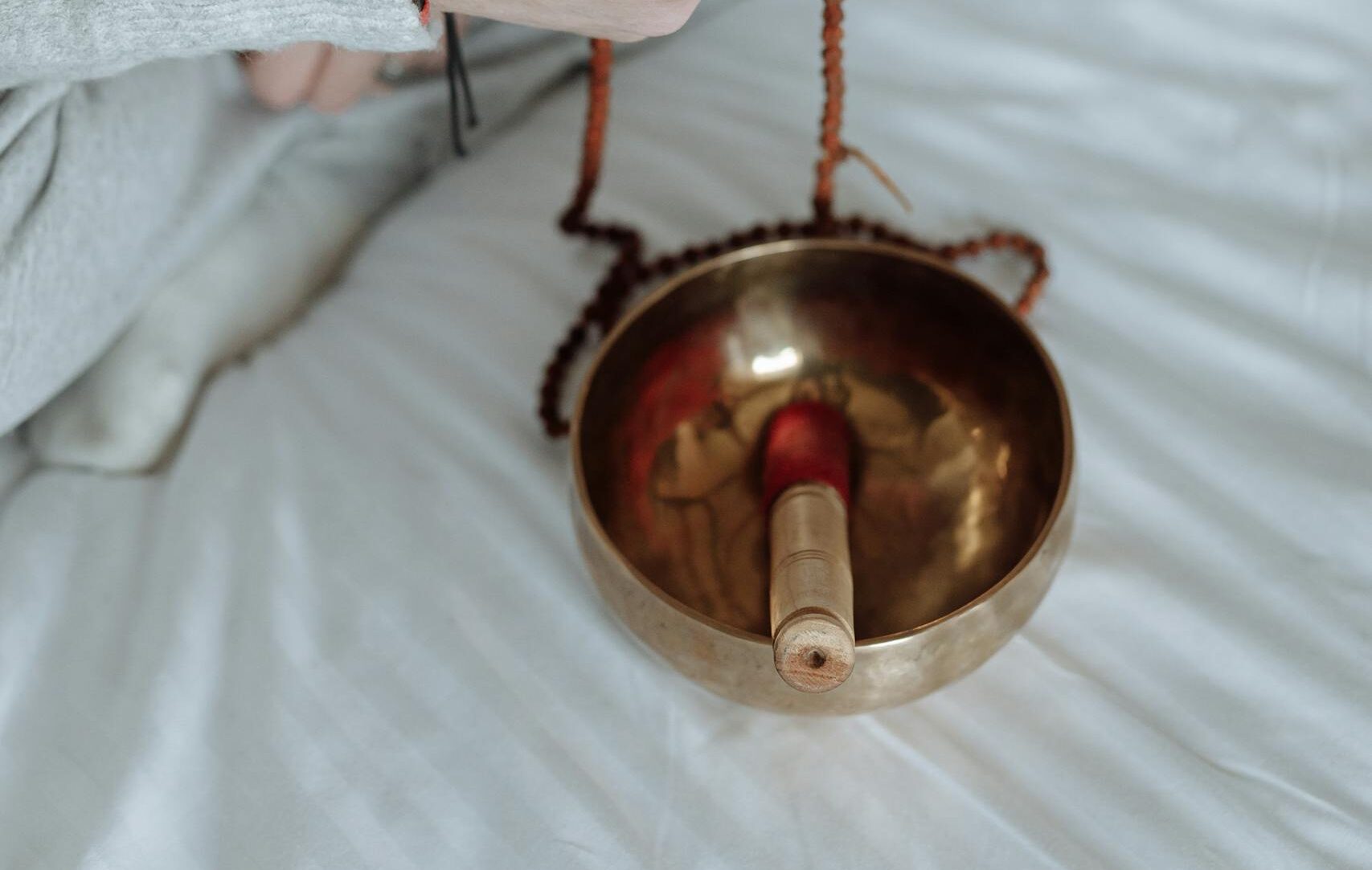
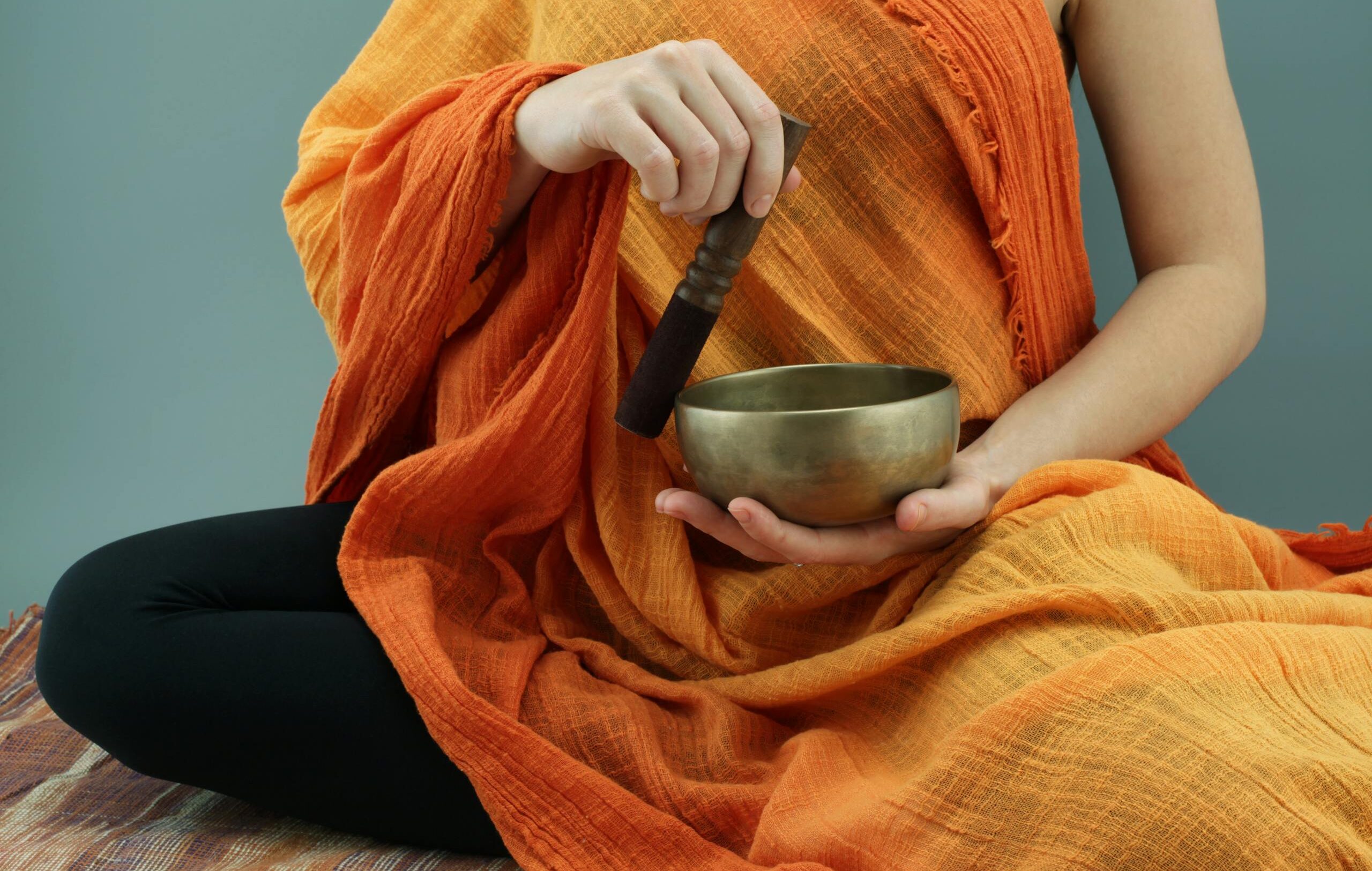
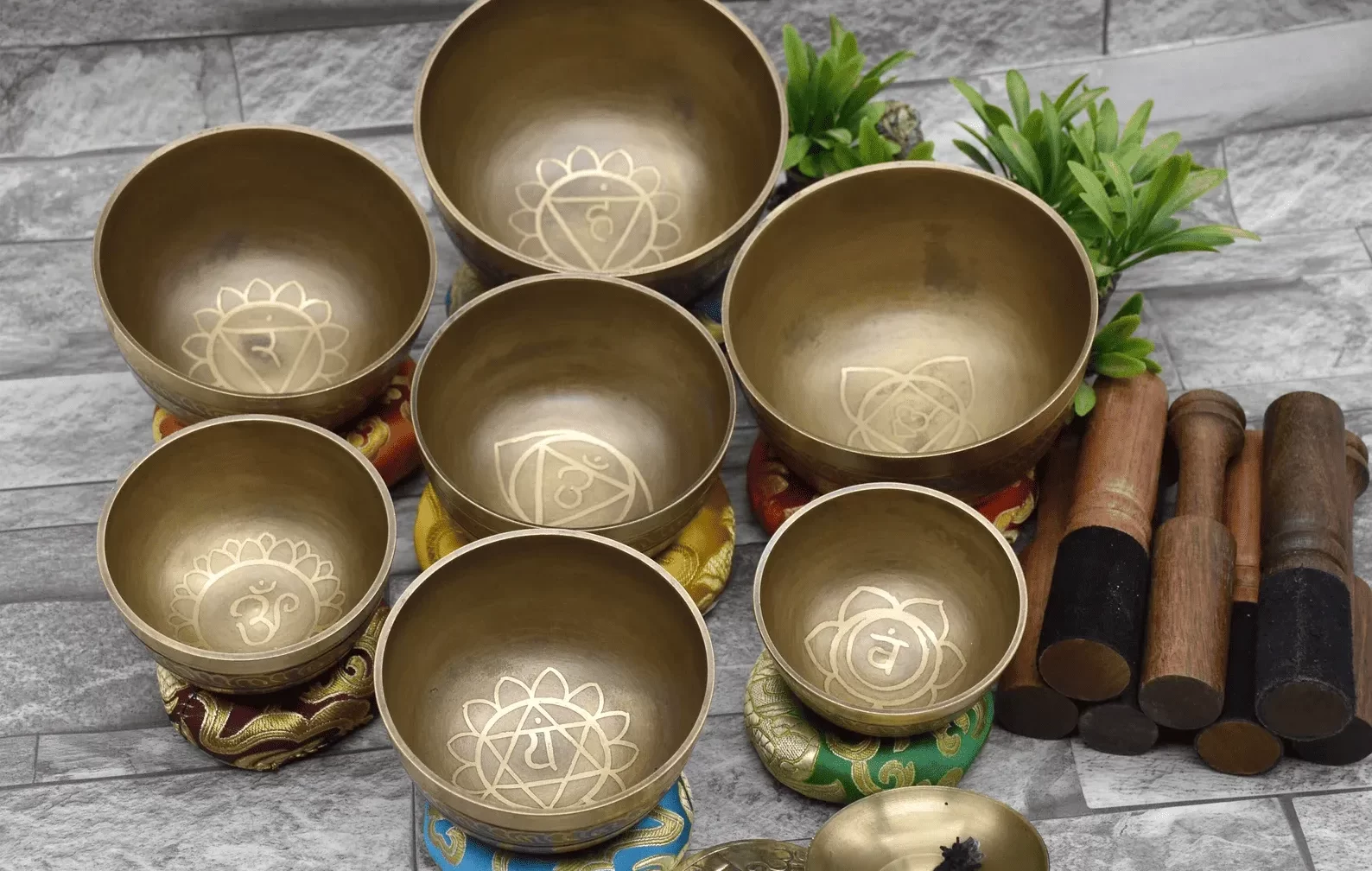
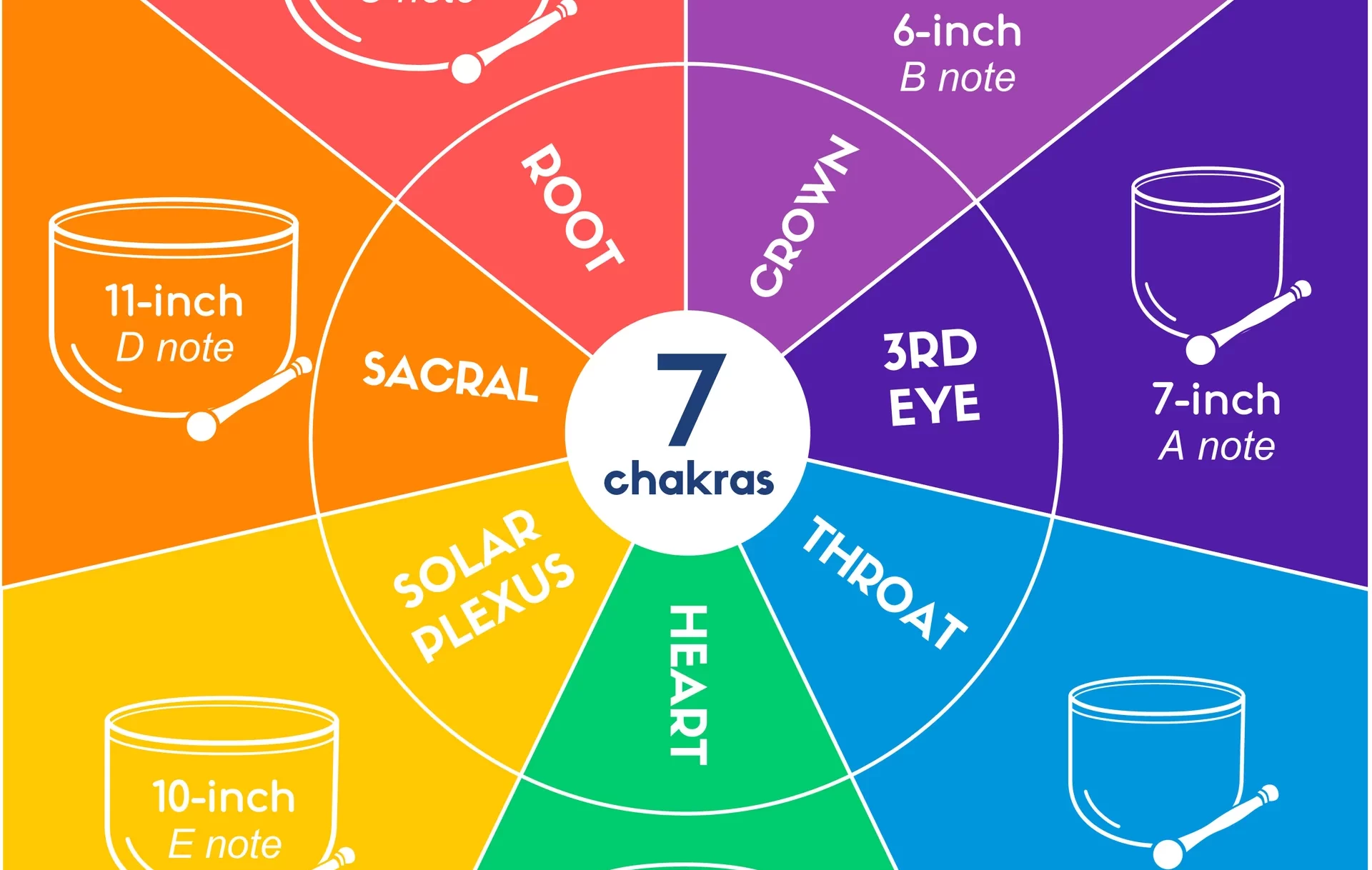
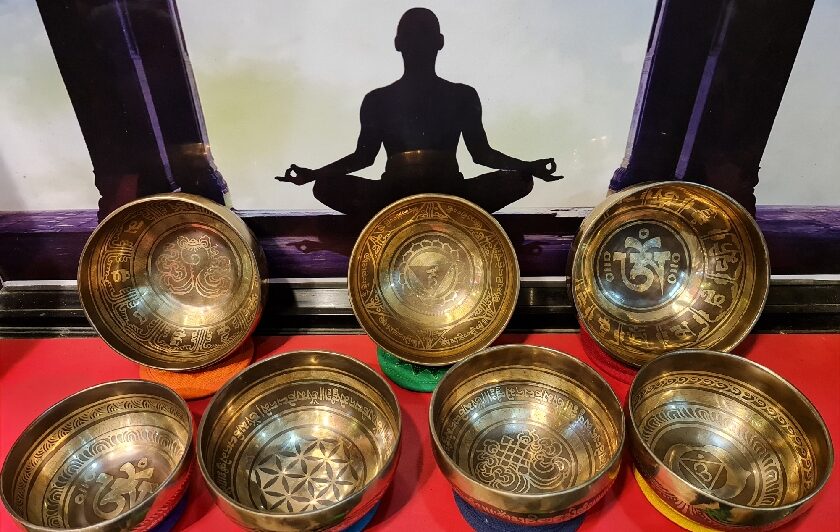
0 Comments